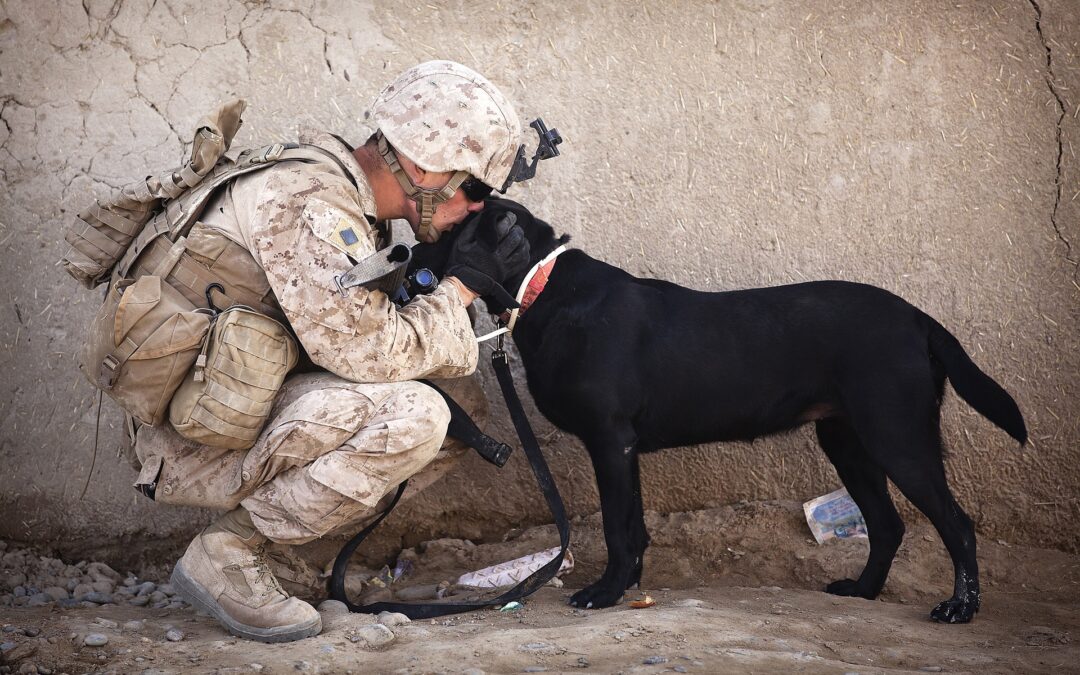PTSD is not just for combat or the military and is becoming more main stream within society. PTSD is the psychiatric disorder that is generated from experiencing or witnessing traumatic or life-threatening events. Did you know PSTD has the ability to alter a person’s life to the point of being life threatening? With current events being what they are today such as school shootings, terrorism, road rage, and environmental toxins; there has been a rise in the diagnosis of patients with PTSD.
The general trend across many civilized populations is fear and anxiety in reference to their self and neighbors. There have been many events that have cast a dark shadow of uneasiness on the ability to provide security for one’s self and family. In a world where events like:
- Wellington, New Zealand mosque shooting, April 15, 2019.
- Highlands Ranch, Colorado School shooting, May 8, 2019.
- The mass shooting at Borderline Bar & Grill in Thousand Oaks, California, Nov 7, 2018.
- Manchester Bombing in Europe, May 23, 2017.
- Las Vegas, Nevada shooting at Mandalay Bay, Oct 1, 2017.
- Church shooting in Sutherland Springs, Texas, Nov 5, 2017.
Events like this promote fear and anxiety. People who experience these types of events will suffer from flashbacks and nightmares. Some other symptoms include becoming detached, depression, substance abuse and problems with memory. The disorder soon leads to impairment of the ability to function in social or family life, which can also lead to job instability, marriage problems and parenting problems.
There are ways to combat and support your health against PTSD, here are five ways to cope:
- Mindfulness Meditation
- Regain focus through physical activity
- Aromatherapy
- Art Therapy
- Pets
If you or someone you know suffers from PTSD be gentle with them. They will need support and understanding to get the help they need. Using the coping techniques discussed above is a great way to begin the healing process.
Reference Resources:
https://www.ncbi.nlm.nih.gov/pmc/articles/PMC1297500/
https://www.medicalnewstoday.com/articles/319824.php

